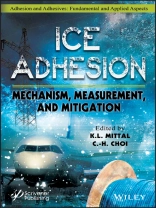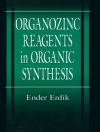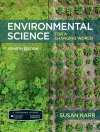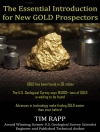This unique book presents ways to mitigate the disastrous effects of snow/ice accumulation and discusses the mechanisms of new coatings deicing technologies.
The strategies currently used to combat ice accumulation problems involve chemical, mechanical or electrical approaches. These are expensive and labor intensive, and the use of chemicals raises serious environmental concerns. The availability of truly icephobic surfaces or coatings will be a big boon in preventing the devastating effects of ice accumulation. Currently, there is tremendous interest in harnessing nanotechnology in rendering surfaces icephobic or in devising icephobic surface materials and coatings, and all signals indicate that such interest will continue unabated in the future. As the key issue regarding icephobic materials or coatings is their durability, much effort is being spent in developing surface materials or coatings which can be effective over a long period. With the tremendous activity in this arena, there is strong hope that in the not too distant future, durable surface materials or coatings will come to fruition.
This book contains 20 chapters by subject matter experts and is divided into three parts— Part 1: Fundamentals of Ice Formation and Characterization; Part 2: Ice Adhesion and Its Measurement; and Part 3: Methods to Mitigate Ice Adhesion. The topics covered include: factors influencing the formation, adhesion and friction of ice; ice nucleation on solid surfaces; physics of ice nucleation and growth on a surface; condensation frosting; defrosting properties of structured surfaces; relationship between surface free energy and ice adhesion to surfaces; metrology of ice adhesion; test methods for quantifying ice adhesion strength to surfaces; interlaboratory studies of ice adhesion strength; mechanisms of surface icing and deicing technologies; icephobicities of superhydrophobic surfaces; anti-icing using microstructured surfaces; icephobic surfaces: features and challenges; bio-inspired anti-icing surface materials; durability of anti-icing coatings; durability of icephobic coatings; bio-inspired icephobic coatings; protection from ice accretion on aircraft; and numerical modeling and its application to inflight icing.
Об авторе
Kashmiri Lal Mittal was employed by the IBM Corporation from 1972 through 1993. Currently, he is teaching and consulting worldwide in the broad areas of adhesion as well as surface cleaning. He has received numerous awards and honors including the title of doctor honoris causa from Maria Curie- Sklodowska University, Lublin, Poland. He is the editor of more than 135 books dealing with adhesion measurement, adhesion of polymeric coatings, polymer surfaces, adhesive joints, adhesion promoters, thin films, polyimides, surface modification surface cleaning, and surfactants. Dr. Mittal is also the Founding Editor of the journal Reviews of Adhesion and Adhesives.
Chang-Hwan Choi is a professor in the Department of Mechanical Engineering at the Stevens Institute of Technology. He acquired his BS (1995) and MS (1997) in Mechanical & Aerospace Engineering from Seoul National University in Korea. He worked as a researcher at Korea Aerospace Research Institute before he received his Ph D (2006) in Mechanical Engineering from the University of California at Los Angeles (UCLA), specializing in MEMS/Nanotechnology and minoring in Fluid Mechanics and Biomedical Engineering. Areas of his research interest include surface engineering and interfacial phenomena. He has published more than 100 peer-reviewed journal articles and been awarded one patent.












